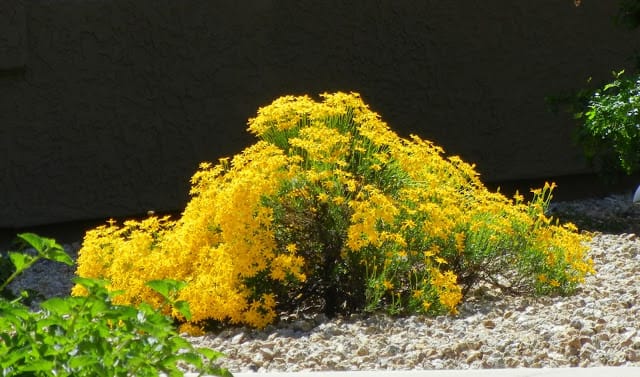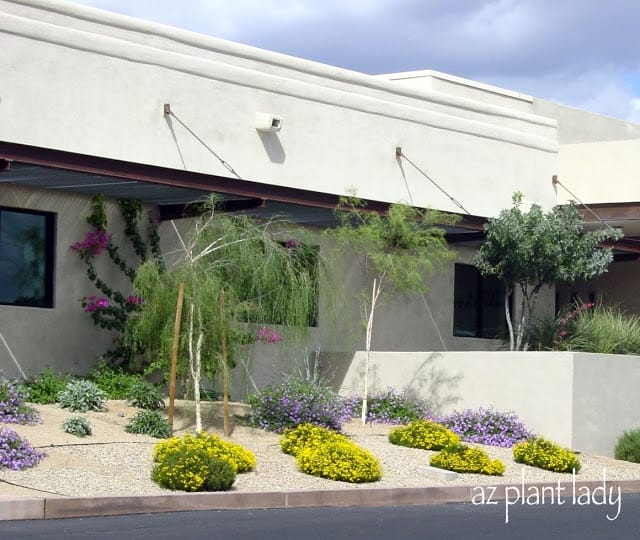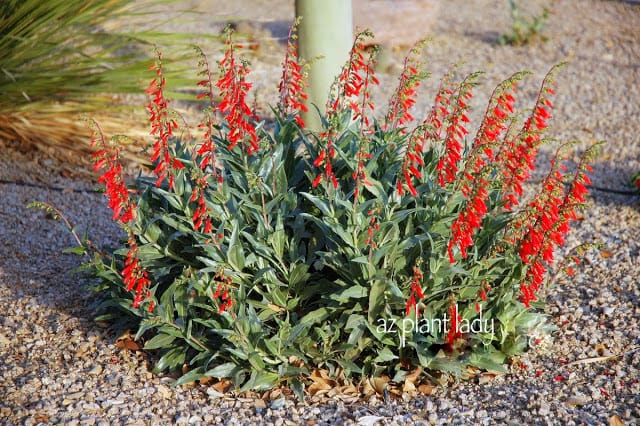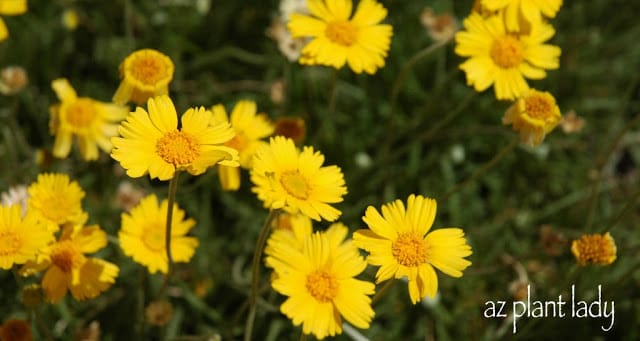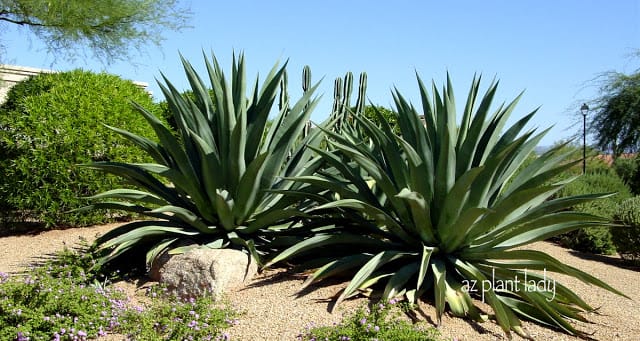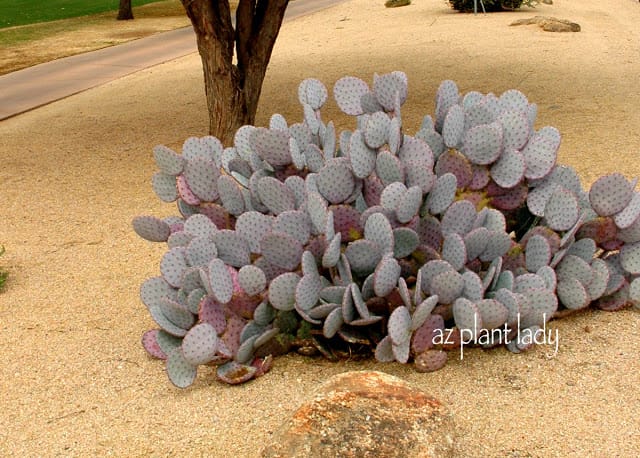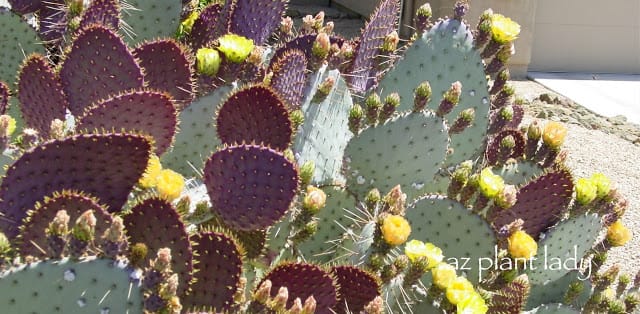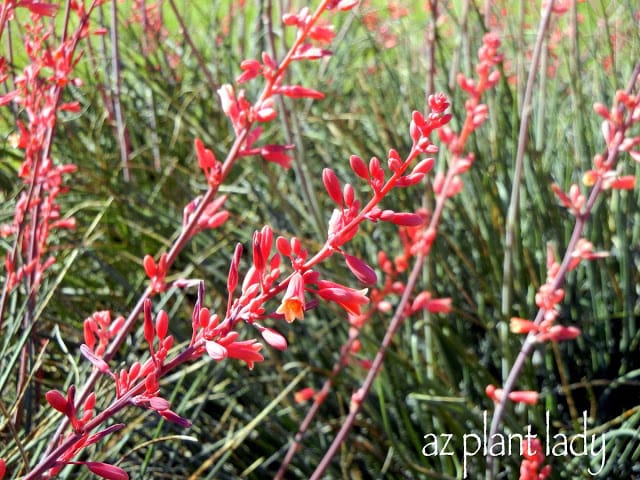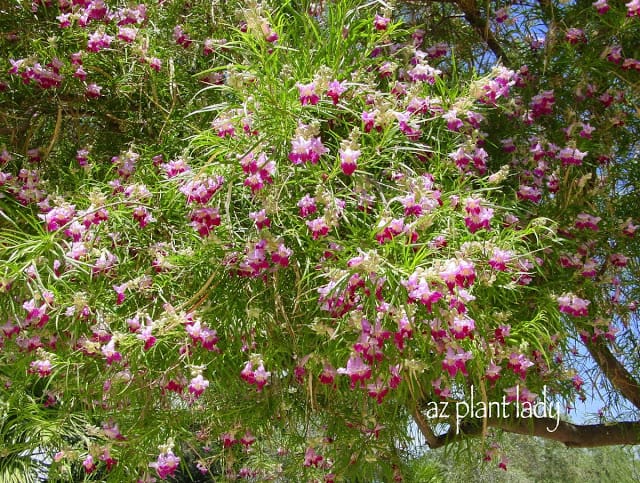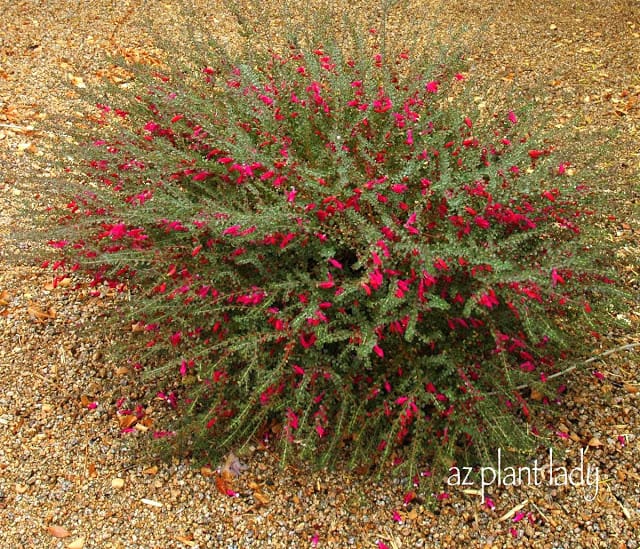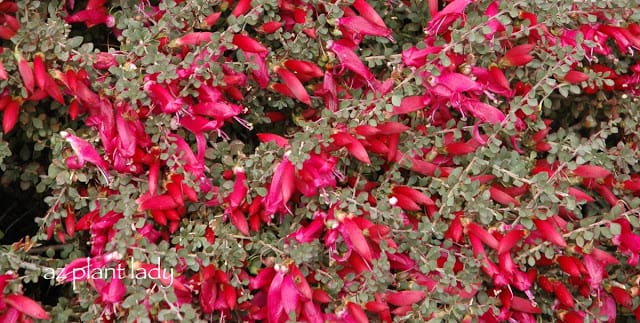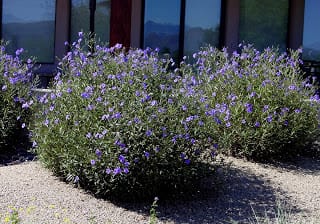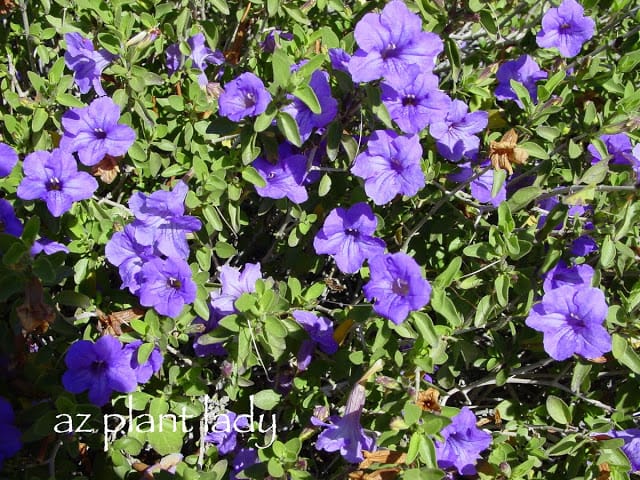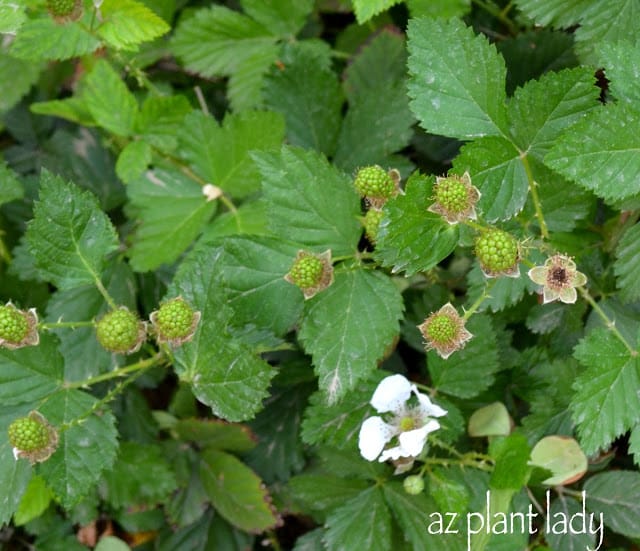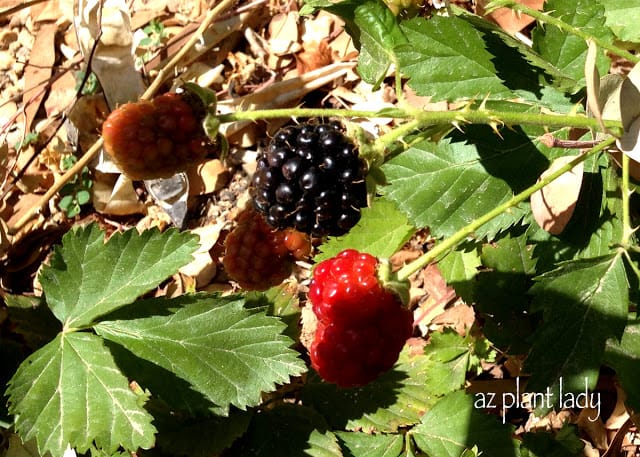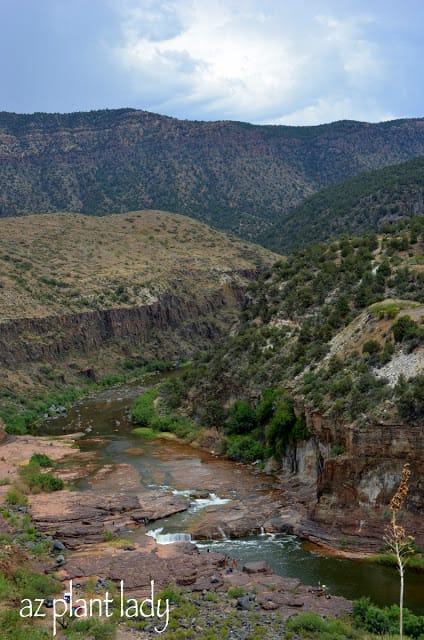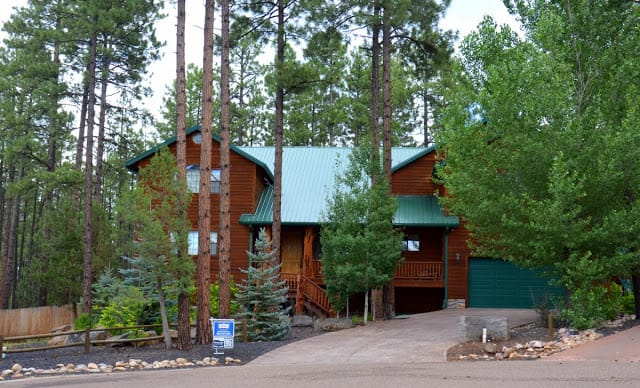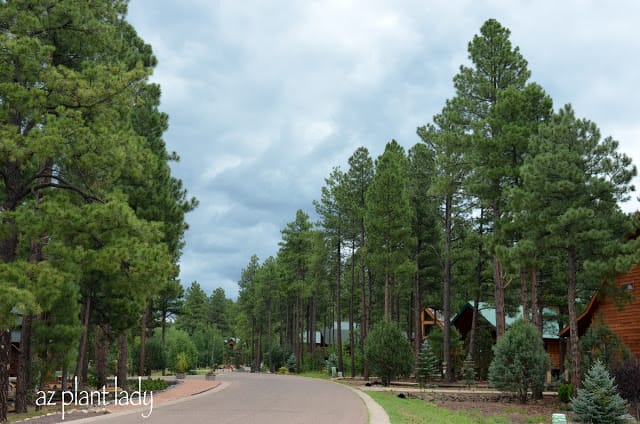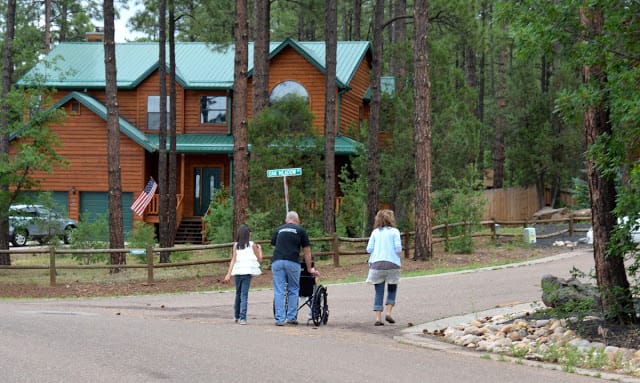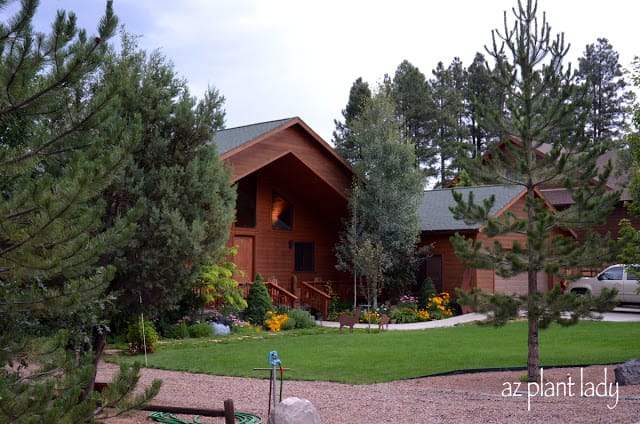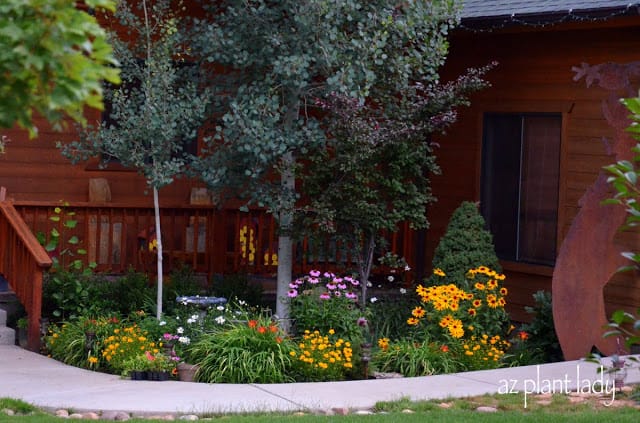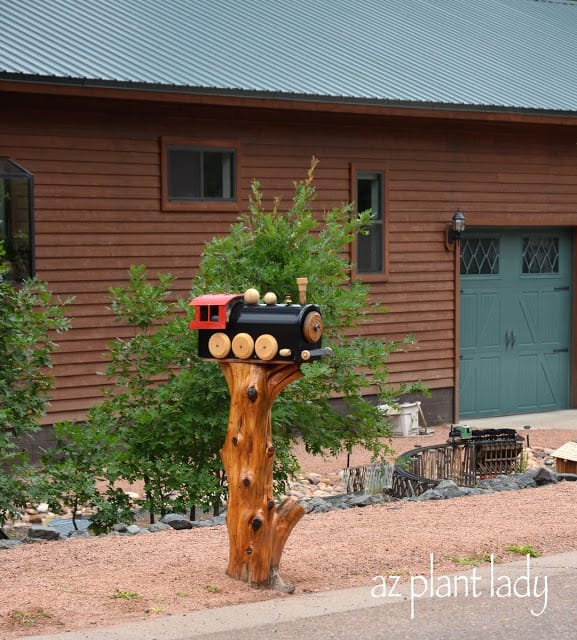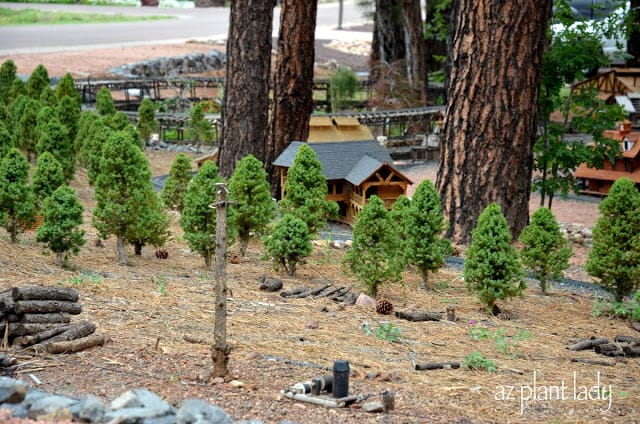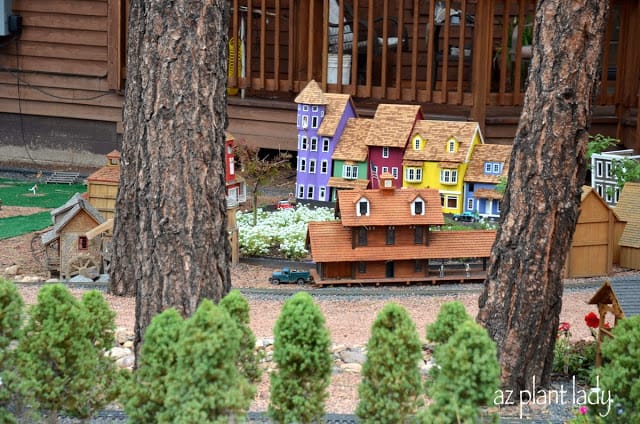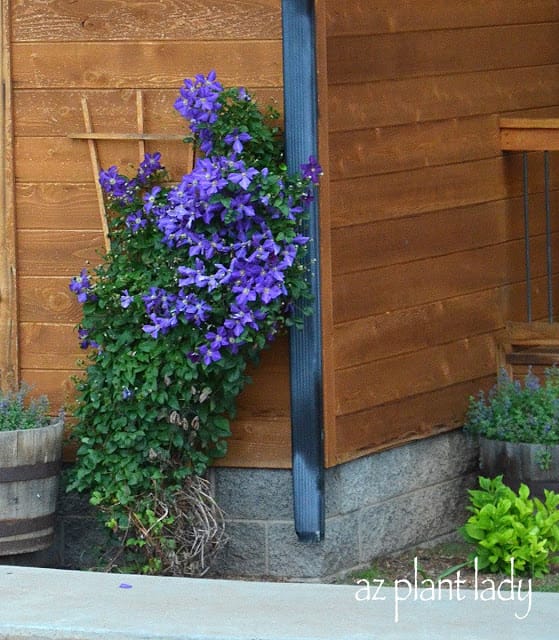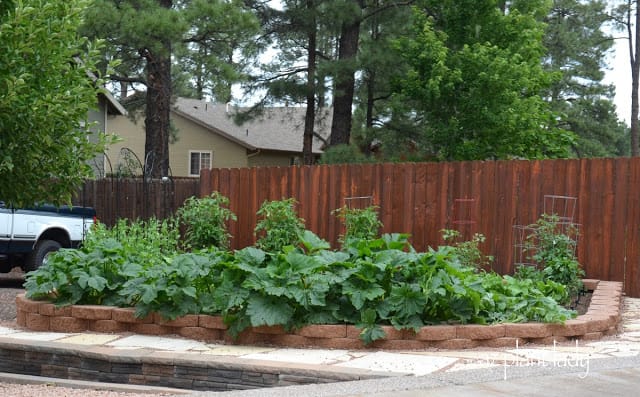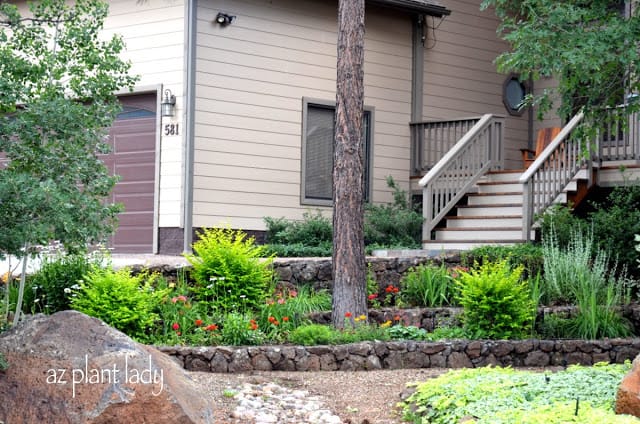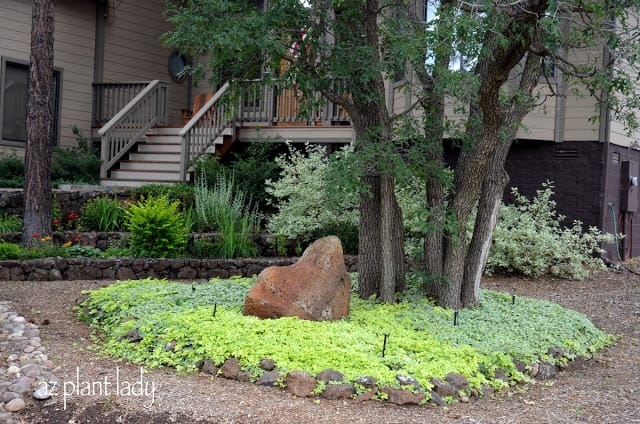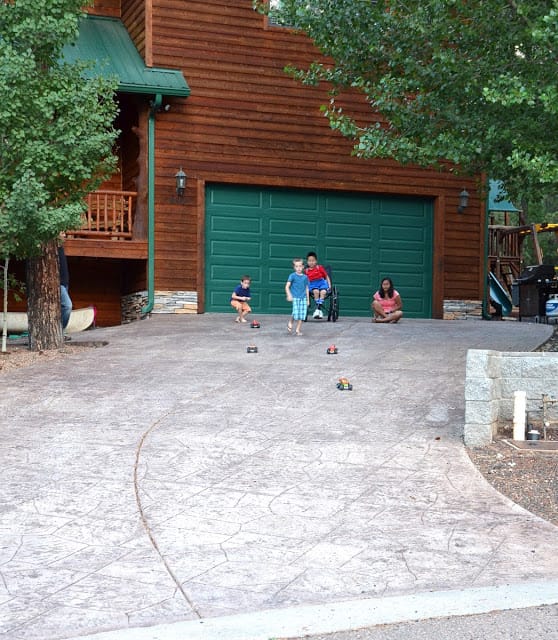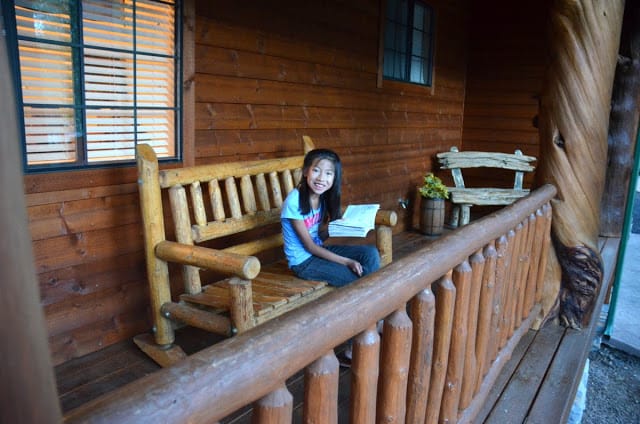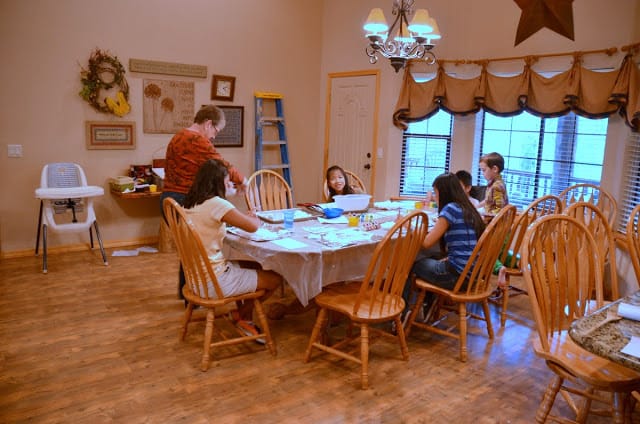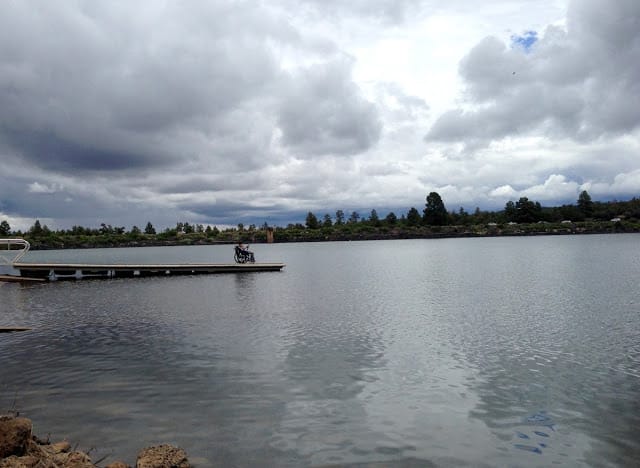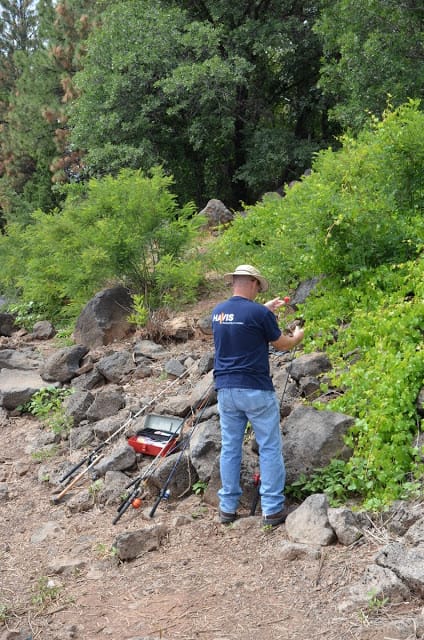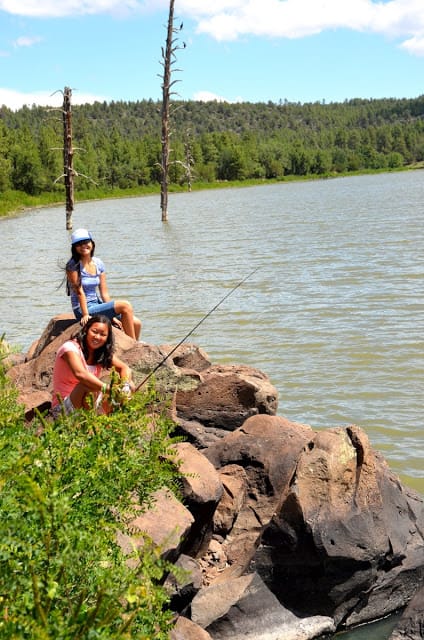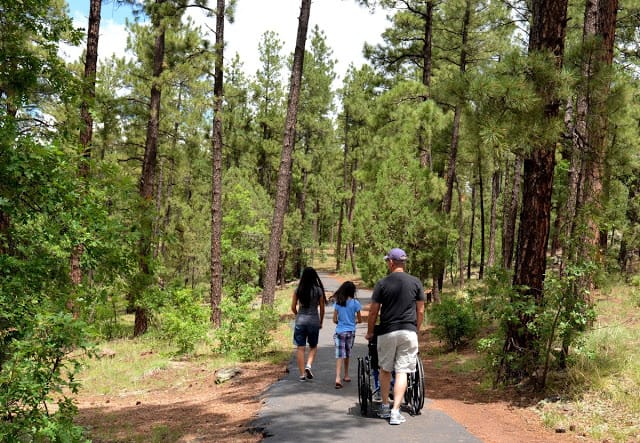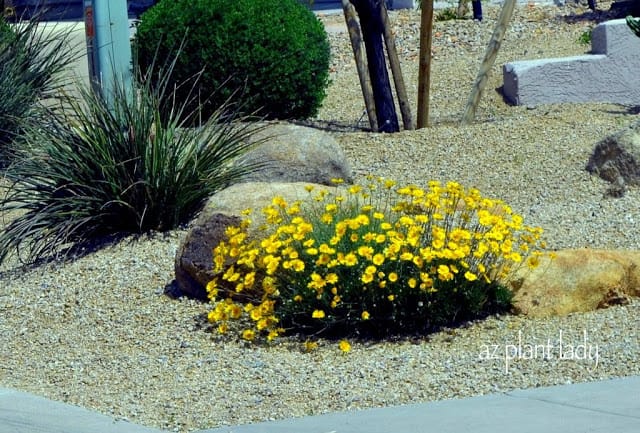
Earlier this month, I was visiting the garden of a homeowner while doing a consultation. The landscape was in great shape with healthy shrubs and trees. But, what kept catching my attention were the beautifully decorated blocks that made up the border.
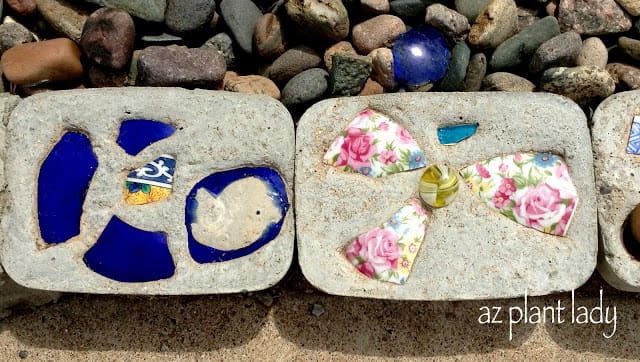
The entire front landscape was bordered with uniquely decorated cement block, decorated with pieces of dishes, glass beads and more.
Every block was a unique creation.
While admiring the border, the homeowner told me that his wife had made this beautiful border using everyday items such as plastic food containers and cooking spray.
He offered to introduce her to me, so we headed into the house where I was greeted by more of her beautiful creations.
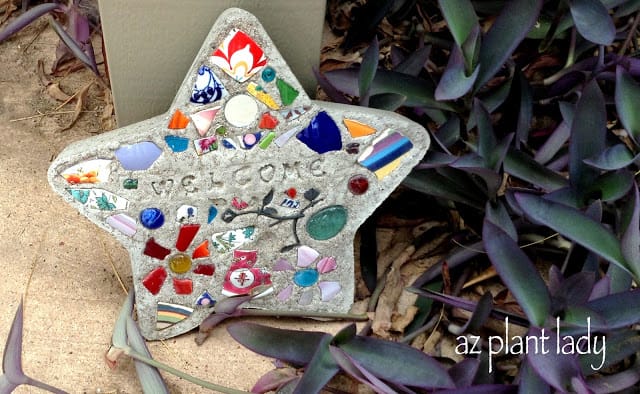
I love this welcome stone, don’t you?
Here is another decorated step stone…
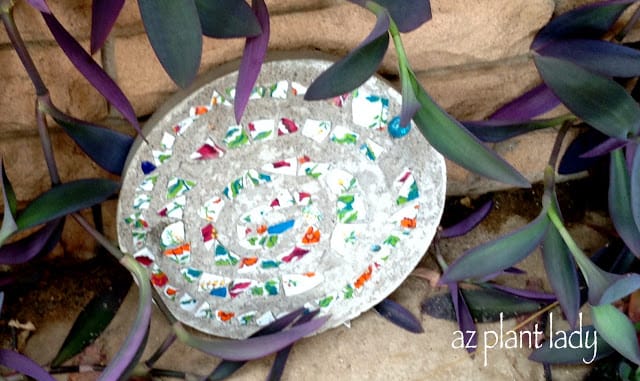
I love the spiral pattern.
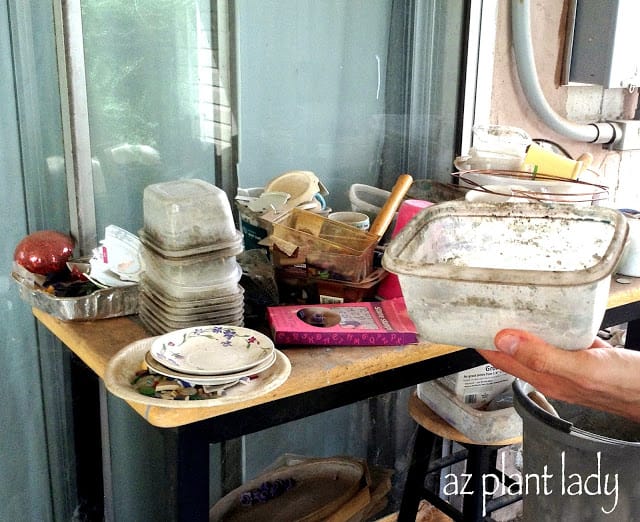
I was shown her workshop where she creates her works of art. You can see the plastic food containers and some dishes ready to be broken into small pieces.
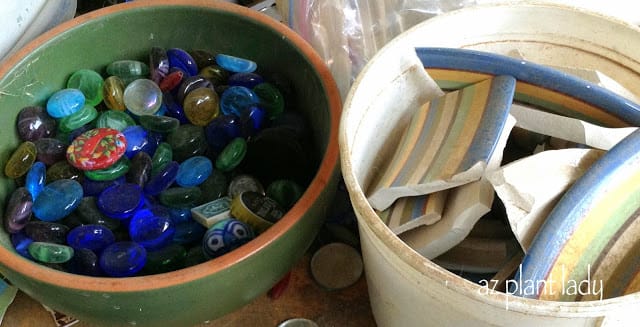
The dishes were purchased at the local dollar store and the glass beads came from the craft store.
I asked her how she made them, so that I could share it with you.
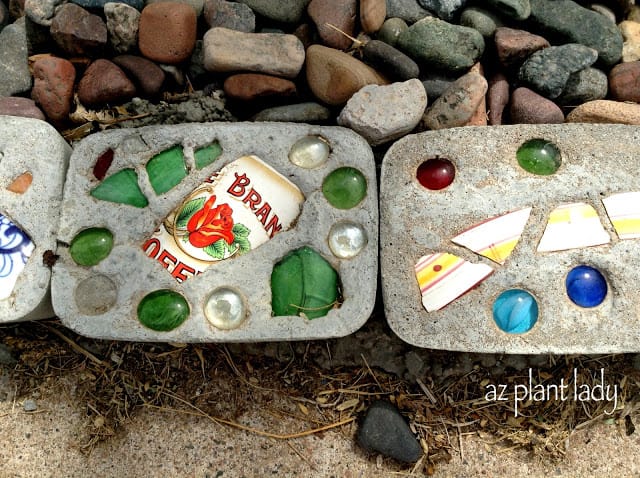
Supplies: Mortar mix, a bucket, a trowel, plastic food container in desired size, cooking spray, broken pieces of dishes and glass beads.
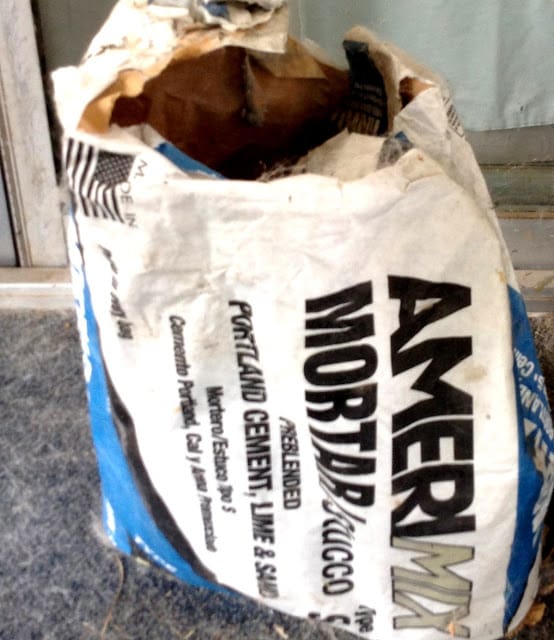
1. Mix the mortar mix in a bucket with water until you have the consistency of brownie batter.
2. Spray the food container with cooking spray.
3. Add the cement mixture to the container to the top and smooth out with the trowel.
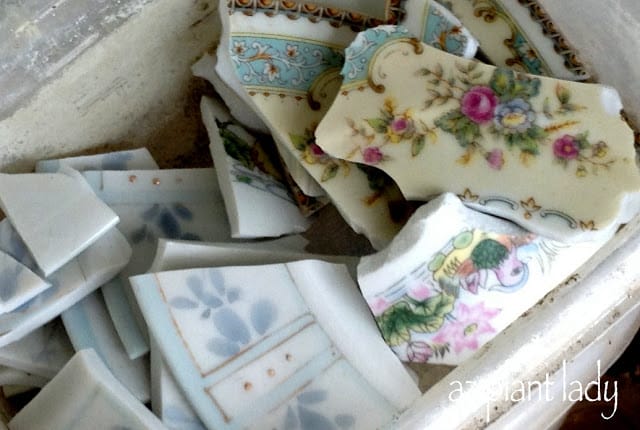
4. Now for the fun part – add pieces of dishes and/or beads to create your design. You could even use small pieces to spell out words.
5. Allow to dry for 48 hours.
6. Pop out and place in your garden!
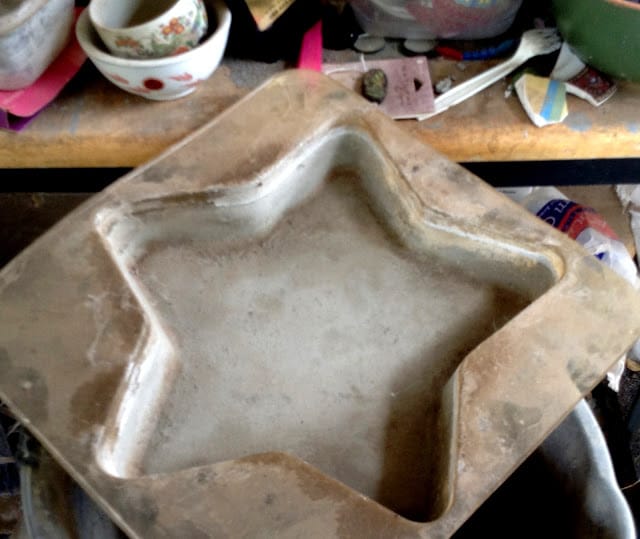
You can buy plastic forms at your local craft store to create stepping stones, following the same steps above.
I thought it would be a fun way to create plant markers for the garden by using small food containers as forms.
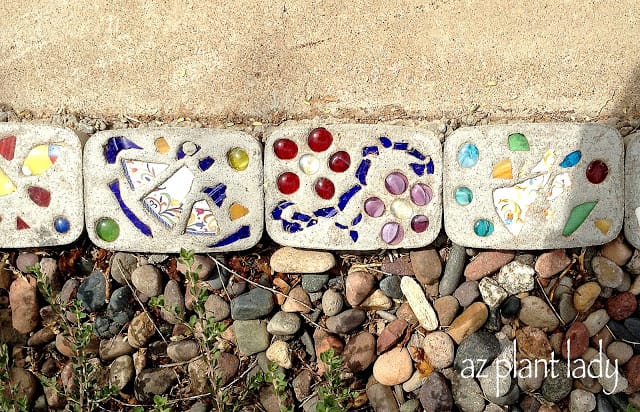
I will undoubtedly be trying this in my own garden.
How about you? Have you ever created your own step stones or border?
**************************
I have two exciting new items to share with you…
The first is that my daughter, Rachele, graduated from her Navy Seabee school today.
She texted me a photo of her wearing her “Seabee Greens” for the first time. The Navy camouflage uniform is gray and blue, but when you are a “Seabee” you get to wear green.
I shared it on my facebook page if you would like to see it.
Rachele is coming home this weekend after 5 months away of training. Then she will be off to Mississippi for a month for more schooling (Expeditionary Combat Skills).
The best news is that she is going to be stationed in CA, just a 1/2 hour away from where I grew up!
For my second bit of news, I will share with you next time, but I’ll give you a hint – it involves television cameras…
Favorite DIY Posts – Day 3: Stepping Stones and Border

